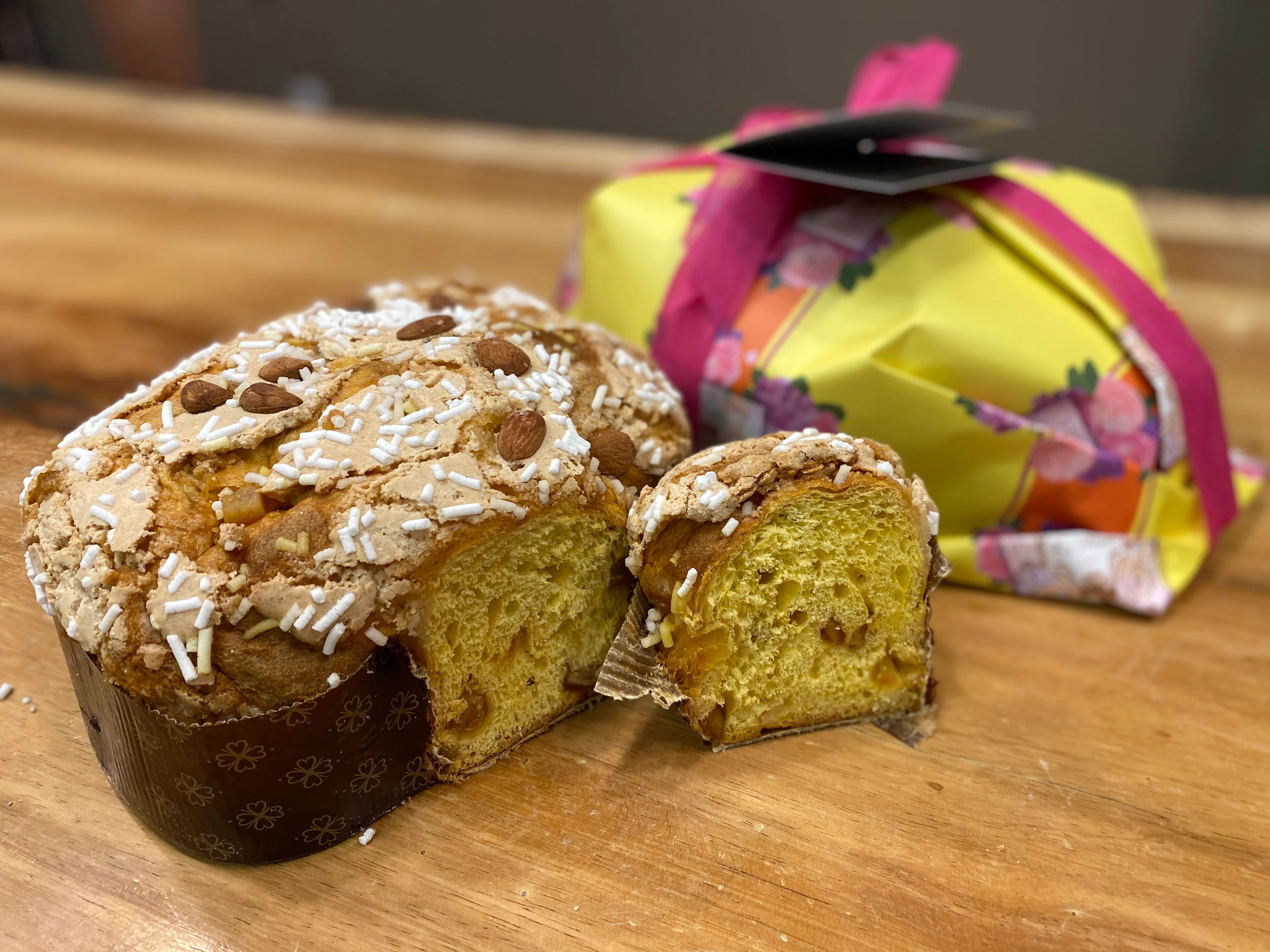Colomba pasquale, an Italian treat steeped in tradition

An extraordinary crossroads of recipes, local delicacies and traditions, Italian cooking never fails to impress. And at Easter, one of the most cherished traditions returns to grace the table: it's time for the colomba pasquale!
Let's learn more about this Italian delicacy with a long history and its processing techniques, which are fundamental for giving the famous leavened product its distinctive softness and flavour.
Colomba pasquale, the background of one of Italy's most famous leavened pastries
The colomba pasquale has a very intriguing origin. Legend has it that its beginnings date back to the Longobard period, when King Alboin (around 530 - 572 BC) was given a dove-shaped sweet bread as a sign of peace by the people of Pavia, a city he had succeeded in conquering after a long siege that had lasted about three years. A winning strategy that enabled the locals to ingratiate themselves with the new ruler... by grabbing him by the throat!
As far as the recorded events are concerned, the commercial origin of the colomba pasquale carries the signature of Dino Villani, who as advertising director of Motta around 1930 had the idea of launching a product on the market that would keep workers busy at a time of year that could be considered quiet, and that would use the same dough, the same procedures and the same machinery as those used to create panettone. This is how the Easter dove was brought to life, with two new features when compared to a typical Christmas cake: the dove shape, which has always been an Easter symbol, and the delicious almond icing on the surface.
It was an overwhelming success, which was later protected by regulations: together with panettone, the colomba is included in the list of traditional Italian food products (P.A.T.) of the Ministry of Agricultural, Food and Forestry Policies and is acknowledged as a typical Lombardy product, as regulated by Italian Ministerial Decree of 22 July 2005 (D.M. 22.07.05).
The colomba recipe: the main steps to achieve a soft and tasty cake
Large, leavened products such as colomba and panettone call for a long procedure and many steps, ranging from a well-managed sourdough to the use of a sensor to verify the right temperature.
In this article, we illustrate the most important steps in making an excellent Easter dove, which are:
- the use of wheat flour for long rising times (W360-380)
- the use of a sourdough
- the creation of a double dough. A dough is first formed from yeast, flour, eggs, butter, water and sugar. This first dough needs to be left to rise for about 14 hours until it triples in size, when it is ready to be kneaded again with flour, water, butter, eggs, sugar and the addition of ingredients such as almonds, flavourings and salt. This is followed by another leavening period of about 6 to 7 hours
- the resting: once the baking is complete, the cake must be turned upside down and left to cool hanging up for about 10 hours
- the preparation of the glaze: it should be made the day before and left to rest in the refrigerator while covered, and then brushed onto the surface of the colomba before baking
- the cooking: the colomba must be cooked in the oven for 40 minutes at 180°C.
As you can see, making an Easter dove requires a lot of time, but it is a nice challenge which can be tackled together with the whole family, improving the results year after year!
Buy the real Made in Italy colomba pasquale online!
Healthy Italia is delighted to present the real Made in Italy colomba pasquale, made by a little pastry shop in Milan and imported directly by Cristina Bossini and her staff. A true masterpiece prepared in the traditional way, on sale at our shop at 53 Main Street, Madison NJ, as well as online.
What are you waiting for, buy the authentic Italian colomba pasquale now!

























